
How to Care for Japanese Lacquerware
Written by Team MUSUBI
Japanese lacquerware, called “Shikki” or “Nuri-mono” in Japanese.
There are two main types of Japanese lacquerware: natural lacquerware and synthetic lacquerware. Natural lacquerware is called ”Hon-Urushi”, made from the natural Japanese lacquer of the Lacquer tree, which is found in East Asia.
You will not get a skin irritation by urushiol if you touch the finished pieces. Also natural Japanese lacquerware is very good for cutlery such as chopsticks that comes in direct contact with the mouth because of its bacterial resistance.
Synthetic lacquerware is easier to handle, less expensive.
Learn about those both types of Japanese lacquerware's properties and how to care for it.
table of contents
Natural and Synthetic Lacquerware
If you are not sure whether the Japanese Lacquerware product you want to purchase is natural lacquerware or synthetic lacquerware, you can find the information on the individual product pages.
"Hon-urushi" Natural Japanese Lacquerware

Natural Japanese Lacquer is an excellent material that resists deterioration over time, is elastic, lightweight, and holds heat well, and its component urushiol inhibits bacteria.
Strength
- Lightweight and durable
- Great heat retention
- Bacteria and mildew resistance
Weakness
- Sensitive to dryness
- UV rays can cause deterioration
- Cannot be used in oven, microwave, dishwasher
Synthetic Japanese Lacquerware

It also has the advantage that dishwasher safe and easy to use. (Microwavable varies by product.)
Strength
- Lightweight and durable
- Inexpensive
- Dishwasher safe
Weakness
- Cannot be used in oven, microwave
Care Instruction

For Natural Lacquerware
Wipe off the water with a cloth or leave it out to air dry before storing.
Natural Lacquer has the nature to bind and harden with water, so even after the piece is finished, it will become more durable with exposure to water. So you can leave it in water for a few hours to remove smudges.

Also, it is best to store lacquerware with other lacquerware to avoid colliding with hard ceramics such as pottery or porcelain. When you stack lacquerware on top of each other, it will last longer if you put a piece of paper between them.
When taking Japanese lacquerware outside for outdoor activities, it is best to wrap it in a furoshiki cloth.
For Synthetic Lacquerware
Please use it in the same way as Natural lacquerware products, except for the use in a dishwasher.
Microwave, Oven & Dishwasher
For Natural Lacquerware
Because it is an organic material, it should not be placed on an open flame or in a flammable environment. Also, please do not use a dishwasher, as over-drying may cause the core wood to shrink. We recommend that it be washed by hand so that it can be used for a long time.
For Synthetic Lacquerware
Synthetic Japanese lacquerware can be washed in a dishwasher. However, if the base is made of wood, it is still not recommended to use oven or microwave but some products may be microwavable. Please read the instructions on each page of the Japanese lacquerware product you are looking for.
For Longer Term Use
Every time it is washed, natural Japanese Lacquerware becomes more durable with each contact with water, and the richness of its shine increases with each use. Despite its delicacy that cannot be put in the oven, microwave, dishwasher, natural Japanese lacquerware becomes more beautiful by using.
If used with care, it will last for over a hundred years and can be passed on to your family as valuable antiques.
Lastly...
This is the Japanese spirit of wabi, the love of old tools, as well as the ecological wisdom of continuing to use tools without throwing them away. It may seem to need a lot of care, but by using lacquerware carefully with your own hands, you can "nurture" it and add comfort and joy to your daily life.


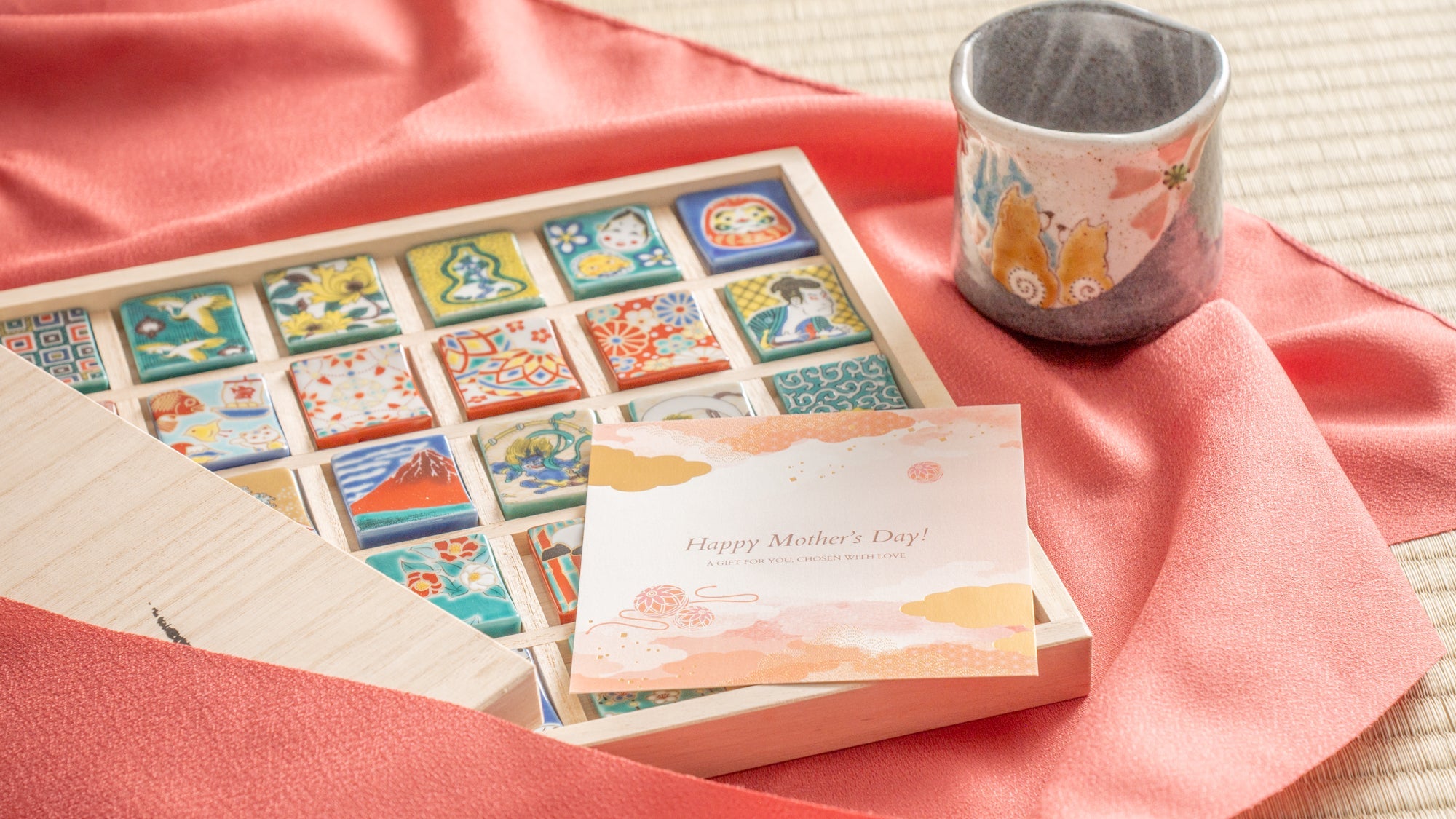
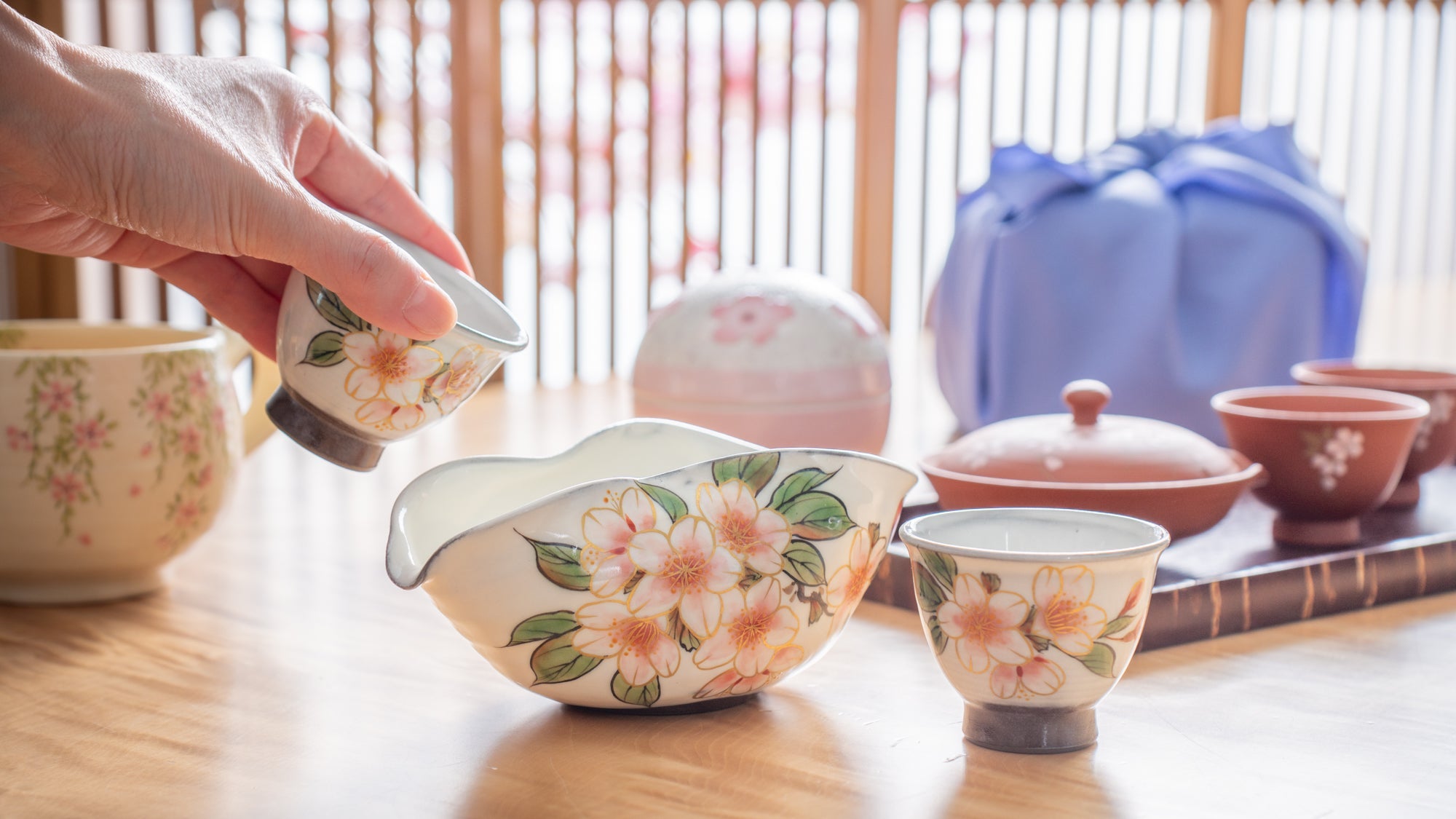
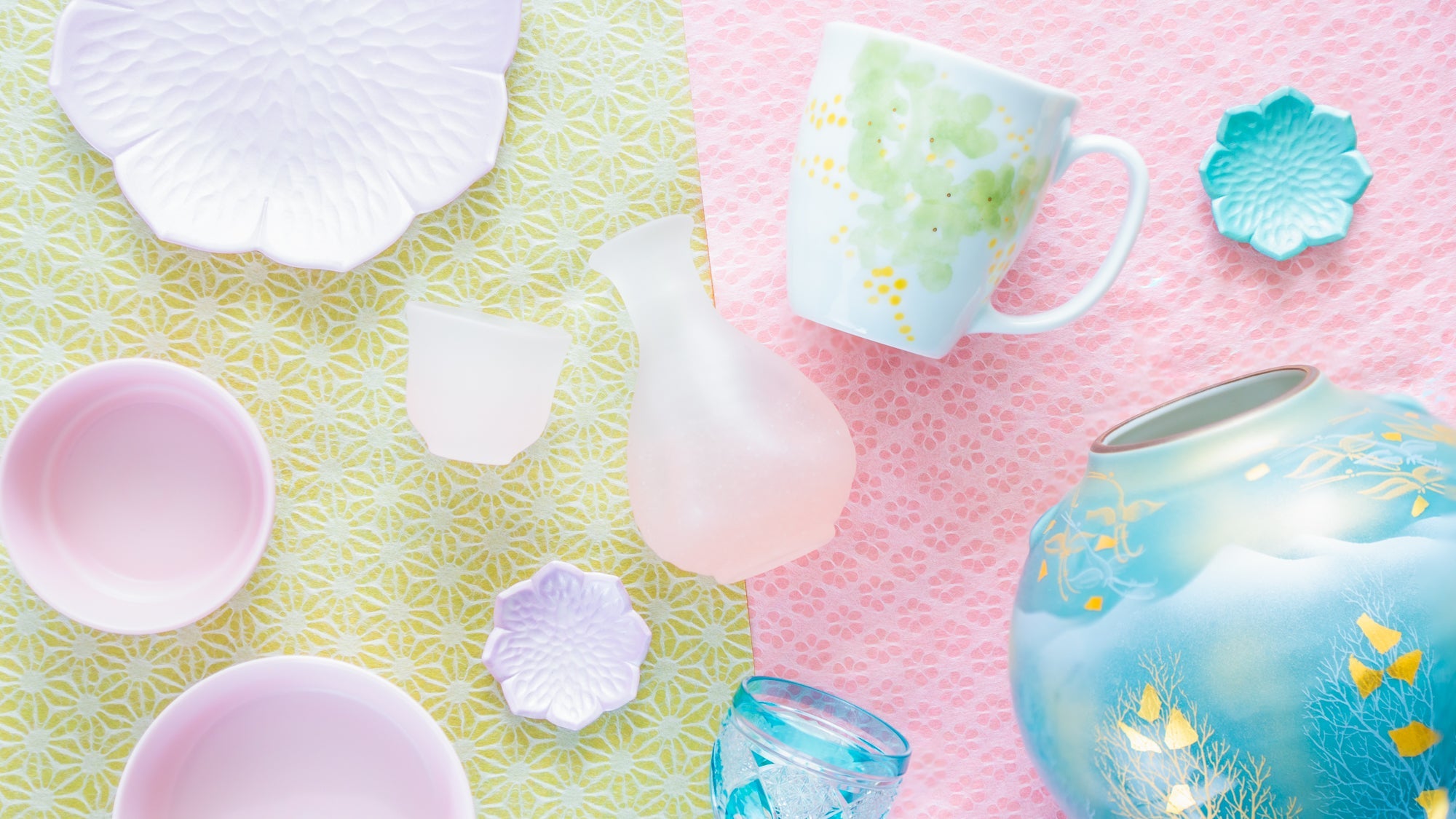
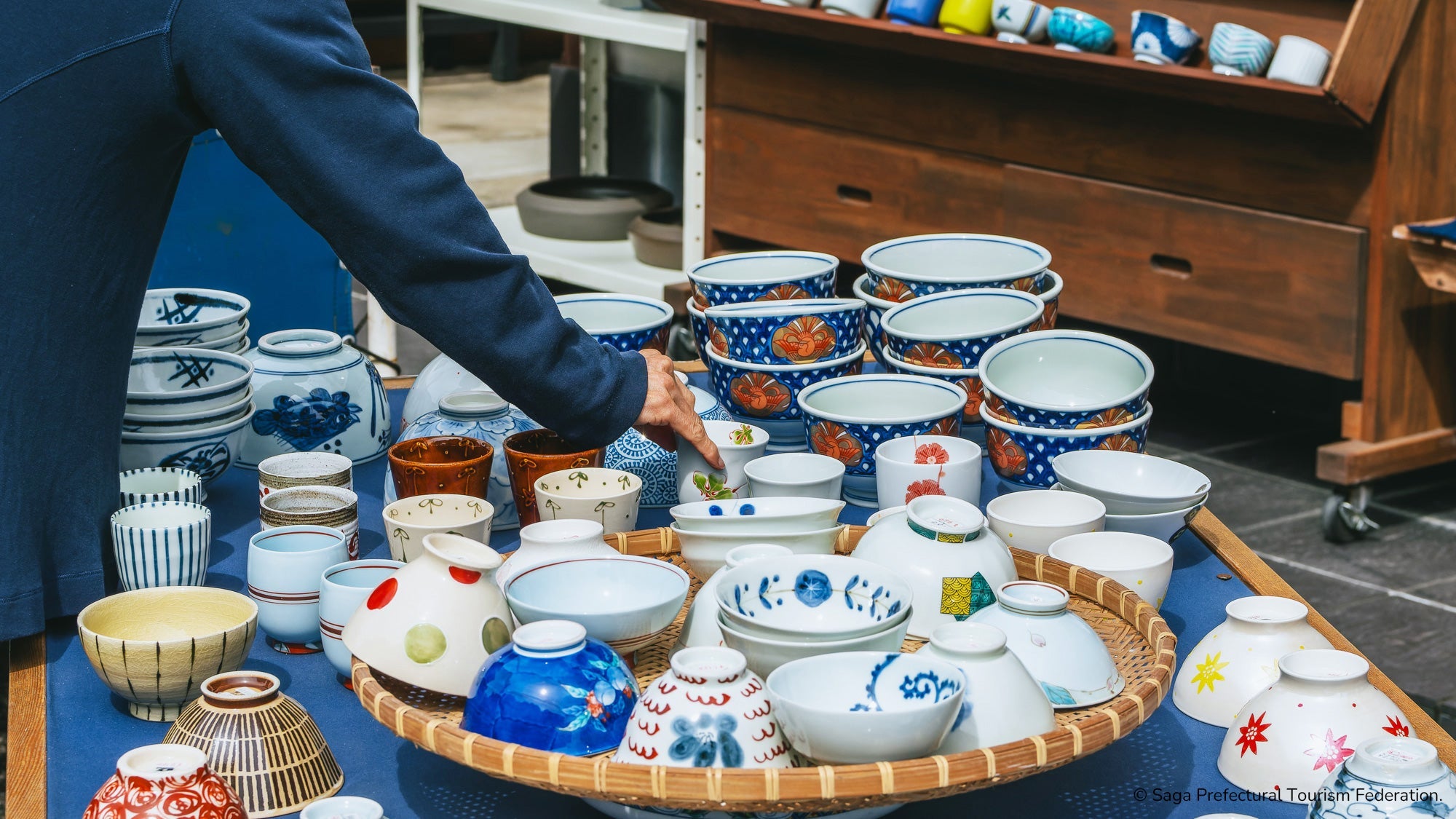
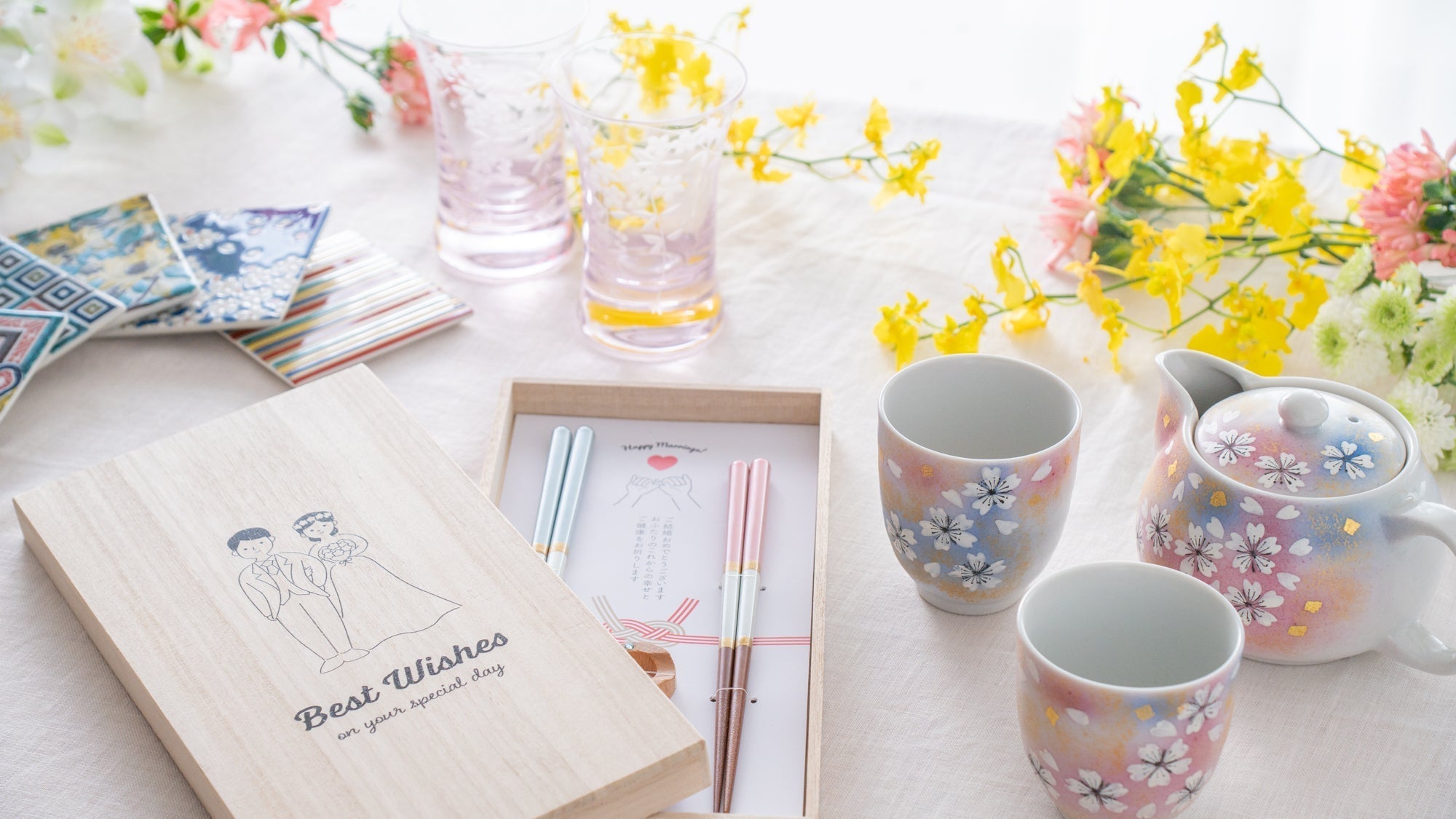
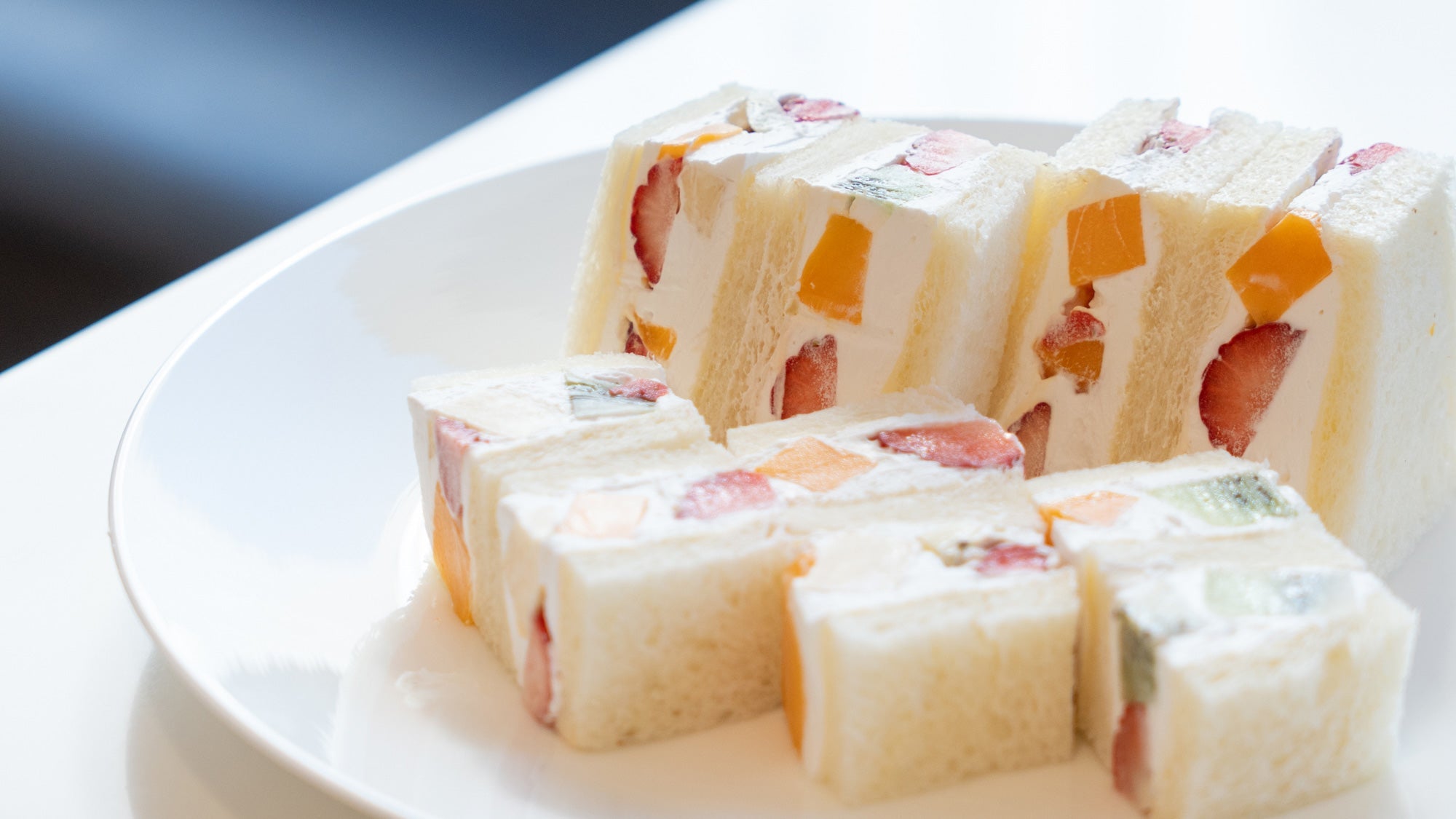

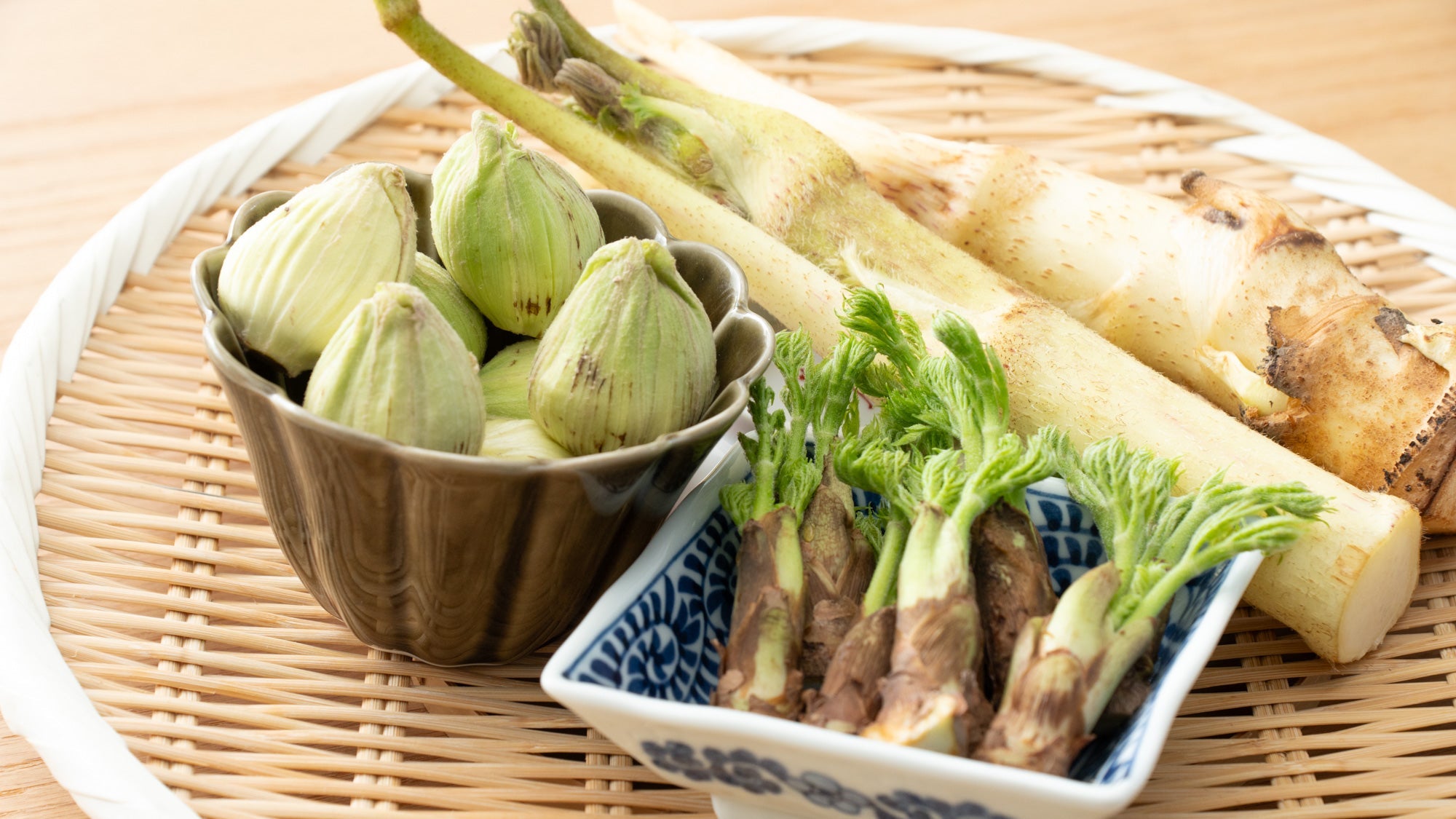

Leave a comment
This site is protected by hCaptcha and the hCaptcha Privacy Policy and Terms of Service apply.